On-board drinks: Eight spirits that should not be missing from your on-board bar
Lasse Johannsen
· 03.10.2024
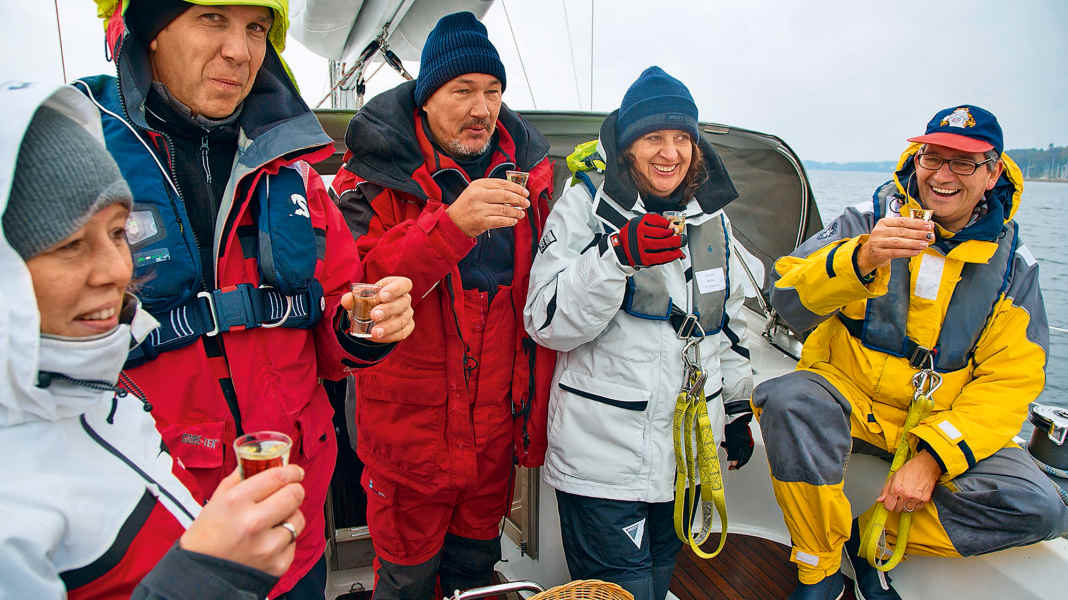
- Rum: From the Caribbean to the world
- Aquavit line: matured at sea
- Gammel Dansk: A sip of Danish culture
- Port wine: strong and sweet
- Gin: the tonic water plays the music
- Champagne: More than just champagne sailing
- Schiffsmumme: From Braunschweig into the world
- Whisky: The long and the short of it
Rum still has its fans, but the range of popular on-board drinks is now much more diverse and also includes those without alcohol. A high-proof manoeuvre drink is now frowned upon, and the command to do so is only history.
Book tip: Cocktails according to Beaufort
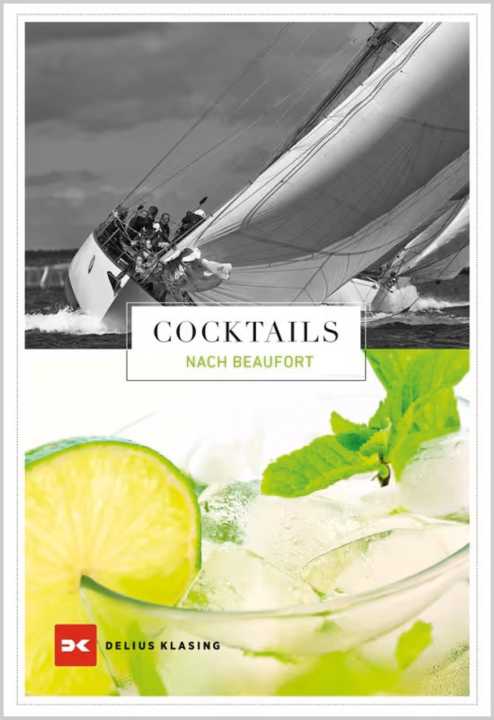
From salty to stormy: this collection includes everything from classic to exotic sundowners and on-board drinks. Delius Klasing, 19,90 Euro
However, the need to be not only a crew that works well together, but also a cheerful on-board community, is timeless. And this can be expressed, among other things, by enjoying a drink together. Entire books have been published about this ritual, and charter companies provide recommendations on their websites, including shopping lists. The ceremonial on-board drink has even spawned its very own word creations, from the Anchor and Offshoot to the Anchor Pils to the Five O'Clock Tea, which is not the usual hot drink in the UK, but the iced tea named after Long Island.
Some skippers still remember the once popular sherry time, and there are said to be yachts on which the evening becomes so long that what began as a sundowner ends with a tequila sunrise. It is not uncommon for preferences to develop on board ships that differ considerably from those on land, favourite drinks that sometimes require considerable effort to enjoy outside the comfort zone at home. We have put together some of the most popular ones.
Rum: From the Caribbean to the world
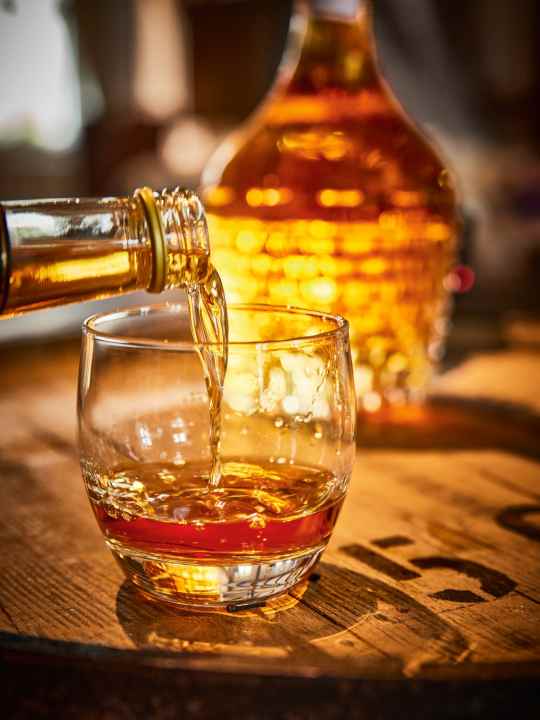
Rum was once considered a substitute for beer and wine and is now an indispensable part of seafaring
The history of rum begins with the poor living conditions on board in earlier centuries. To keep the crew happy, the captain gave his crew rations of beer or wine. A problem arose when the ships travelled longer and longer distances: the drinks rarely survived the long voyage - for example across the Atlantic to the New World. The wine turned to vinegar and the beer spoilt. But the solution to this problem was finally found in the Caribbean - the birthplace of rum. In the 17th century, farmers there cultivated sugar on their plantations, a valuable commodity in faraway Europe. During further processing, molasses was left over, which was easy to ferment and distil. The result was exactly what the commanders needed on long journeys: a drink that was long-lasting and intoxicating.
In future, rum replaced beer or wine on board. The sailors received a daily ration of the Caribbean liquor. At first it was a pint, i.e. about half a litre. But that couldn't last for long. So the rum was diluted with water and lemon was added - and the grog was ready. At the same time, the fruit in the drink was a helpful remedy against scurvy. Over the decades, rum became indispensable. That is why the Royal Navy constantly stocked up on it. At the same time, a warship was always anchored at the distilleries to ensure supplies.
A win-win situation: the burners were protected from pirate attacks and the Navy had satisfied crews. This bond continues to this day: The Barbados-based Mount Gay distillery still regularly sponsors regattas. Only those who have completed a Mount Gay race receive one of their famous red caps. Incidentally, the Royal Navy has not had any more rum allocations since 1970 - it was decided that they were not suitable for the nuclear warheads on board.
Recipes with rum
Mojito
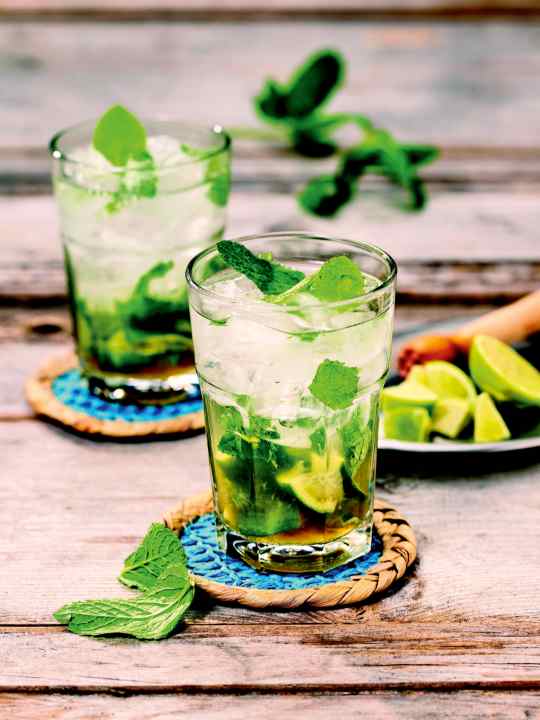
- 1 organic lime
- 2 tsp cane sugar
- 3 pcs mint
- 5 cl white rum
- 5 ice cubes
Put the lime pieces in a glass with the sugar. Wash the mint and pat dry. Set aside a few leaves to garnish. Lightly crush the rest and add. Crush the lime pieces and sugar with a pestle. Add the white rum with ice cubes and stir everything together. Top up with sparkling water and garnish with mint.
Hurricane
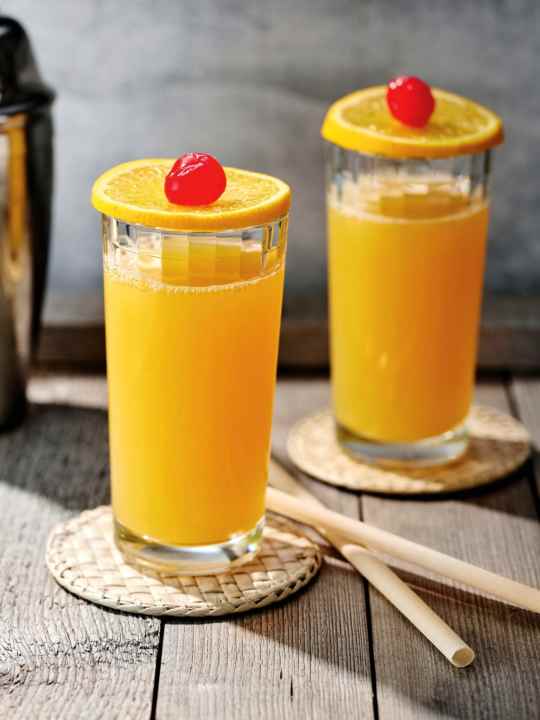
- 5 cl white rum
- 5 cl brown rum
- 5 cl passion fruit juice
- 3 cl orange juice
- 2 cl lime juice
- 1 tsp sugar syrup
- 1 tsp grenadine
- 1 orange slice
- 1 cocktail cherry
Pour the two types of rum, fruit juice, sugar syrup and grenadine into a shaker and shake vigorously for around 20 seconds. Then pour the mix into a highball glass. Garnish the glass with a slice of orange and the cocktail cherry before serving.
Aquavit line: matured at sea
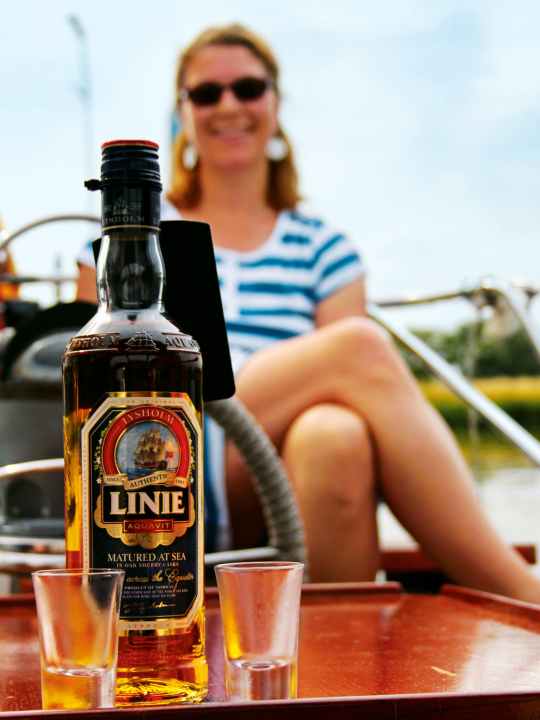
The Norwegian Linie aquavit crosses the equator twice - in favour of taste
It is often coincidences that have brought about new things in history. The origin of this high-proof spirit can probably also be traced back to such a coincidence. According to the story, the schooner "Trondhjems Prove" returned home to Norway from a voyage around the world in 1807. The ship was travelling to transport dried cod to South America. Aquavit barrels were also on board. The brandy flavoured with Nordic herbs is said to have been available in Norway since around the 16th century. Back in the home port, it was discovered that some of the barrels had survived the journey unopened.
When tasting it, they realised that the aquavit tasted much milder and smoother after the crossing than before. So the process was repeated: The schnapps was stored below deck again and again. Eventually, the so-called maturing voyage became the norm, as the improved flavour was attributed to the constant movement, the sea air and the temperature fluctuations during the voyage. Today, the manufacturer claims that the wooden sherry casks expand and contract during the sea voyage. This allows the spirit to absorb the rich, spicy essences that define its complex flavour profile.
And even today, Linie aquavit still travels the world's oceans stored in blue containers for that special flavour, crossing the equator at least twice in the process. This tradition is even guaranteed by the state and can be traced on the bottles. The date of the voyage and the name of the ship on which the maturation journey was completed are noted on each back label. And while the traditional spirit is drunk ice cold in Germany, in Norway it is enjoyed at room temperature, as this is said to bring out the diverse flavours - including dill and caraway - better.
Gammel Dansk: A sip of Danish culture
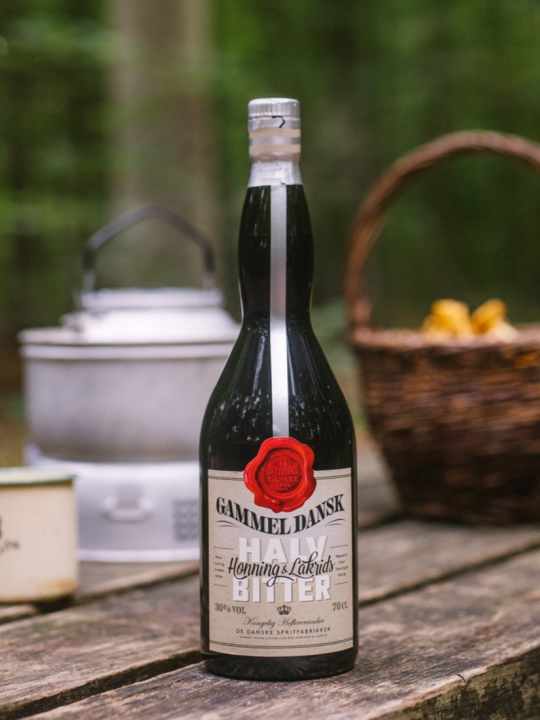
Gammel Dansk bitters are part of the basic medical equipment on many yachts
There are almost thirty spices in the Danish digestive schnapps Gammel Dansk. The list ranges from aniseed and ginger to nutmeg and rowan berries. They provide the bitter and herbal flavour. It is often the secret weapon of the ship's bar when the crew's stomach is upset by the smutje's food. But it is also a favourite liqueur as an aperitif, especially among Danes. It is a symbol of Danish tradition and culture and is drunk either neat or with ice and lemon. The bottle label also advertises that it has a stimulating effect in the morning. Everyone has to decide for themselves how useful this is before going boating.
Port wine: strong and sweet
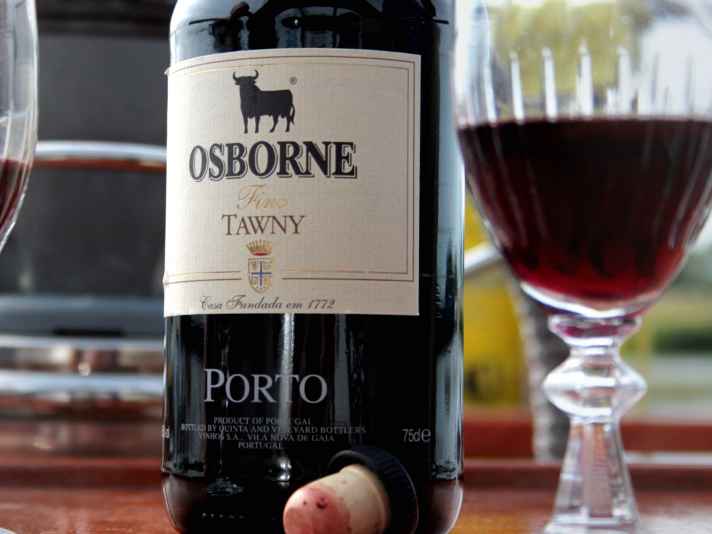
The comparatively high alcohol content of port wine has several advantages
Port wine is a special type of wine from Portugal's Douro Valley. However, British sailors made a significant contribution to the discovery of sweet wine, as they shipped large quantities of wine from Portugal to the north at the beginning of the 18th century. They noticed that the wines survived transport by ship better and tasted better afterwards if alcohol was added during fermentation. The result was a sweet, fruity wine with an intense flavour. The preservative effect is the reason why port wines can often have a long age.
Gin: the tonic water plays the music
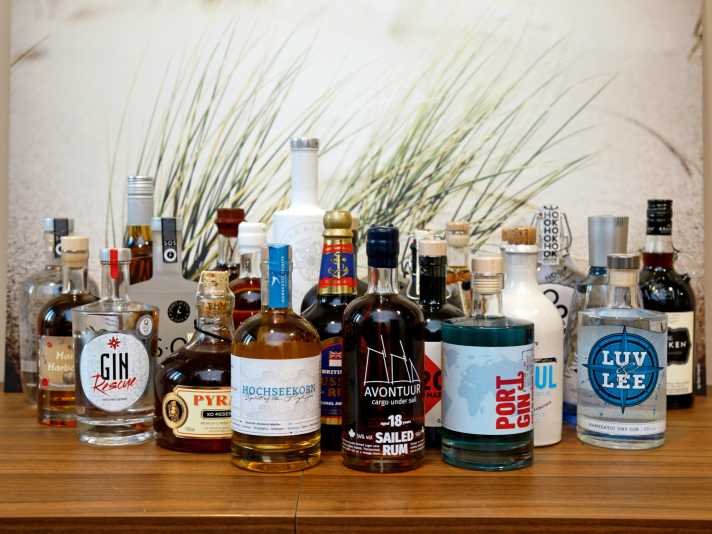
Gin is enjoying ever-growing popularity and is one of the long drink classics when mixed with tonic. The juniper schnapps was once particularly popular with sailors travelling in the Far East
The spread of gin began in the Netherlands. However, it was the English who popularised it from the 17th century onwards. The spirit was initially particularly popular among the lower classes. Distilled from grain and not taxed, it was relatively cheap and its effects began to unfold after just a few sips. The schnapps gets its characteristic flavour from aromas such as coriander and juniper berries. The berries in particular were said to have a healing effect against heartburn. This was particularly useful for British sailors, who often consumed spicy food in the Far Eastern colonies. Mixed with tonic, the drink had another advantage: the quinine in the tonic served as a malaria prophylactic and was very welcome in these regions.
Unfortunately, pure tonic was very bitter and hardly drinkable. So a solution was found: In addition to gin, a lemon was added to the drink. It helped against scurvy - and so the perfect tropical drink for British East Indians was born. Today, the gin and tonic is one of the cocktail classics, which is why gin is a must in any good on-board bar. And even if the tonic, lemon or ice have been left ashore - no problem. A new trend has been gaining ground for some years now. Gin is now sometimes drunk without tonic. After all, modern juniper spirits are less pungent than the classic dry gins from London. Non-alcoholic alternatives are also becoming increasingly popular. They are largely produced in the same way as conventional gin, but without the distillation step.
Recipes with gin
Gin and tonic
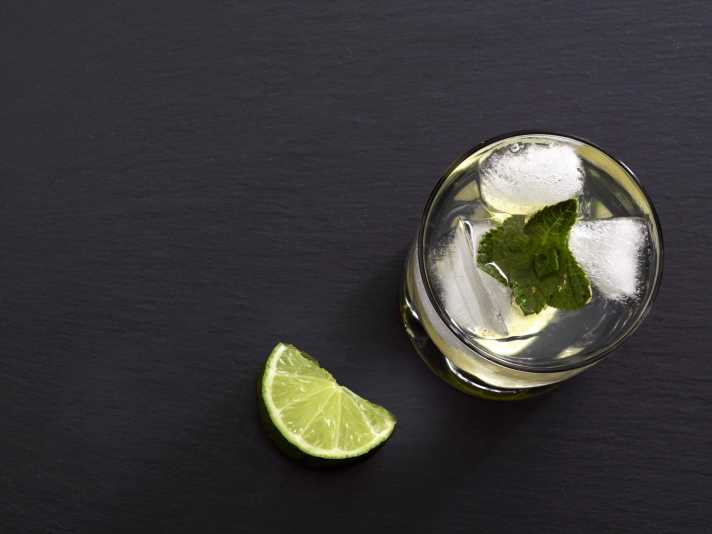
- 1 lemon slice
- 4 cl gin
- 3-4 ice cubes
- 12 cl tonic water
Use the lemon slice to moisten the rim of a glass. The herbs are then finely chopped and placed on a plate. The plate should be around 10 cm larger than the glass. Turn the moistened rim of the glass in the chopped herbs so that they stick. Chill the glass until further use. Then pour in the gin with the ice cubes and slowly pour in the tonic water.
Seven Seas
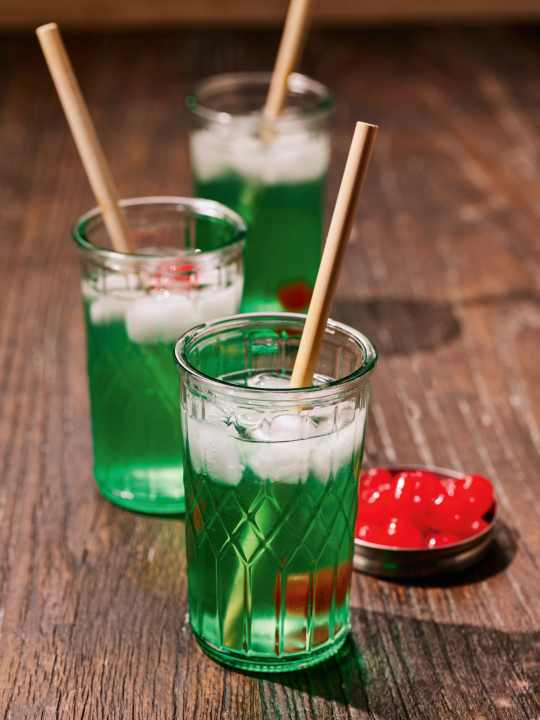
- 4-5 ice cubes
- 2 cl gin
- 4 cl Pisang Ambon
- 1 dash crème de banana
- 20 cl tonic water
- 1 cocktail cherry
Place the ice cubes in a highball glass. Add the gin and the two liqueurs. Pisang Ambon is a green banana liqueur that originally comes from Indonesia. Crème de banana is also a creamy fruit liqueur. Then pour in the tonic water. Stir everything with a stirrer (or a long spoon). Serve with a cocktail cherry and straw.
Champagne: More than just champagne sailing
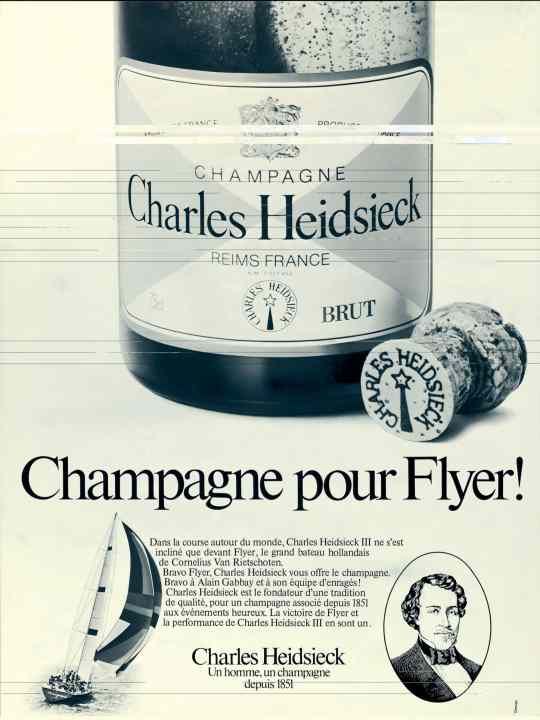
It is not just onomatopoeic word creations that link the fine sparkling wine with sailing
Sailing and champagne have a lot in common. For example, the term "champagne sailing" conjures up images of blue water, a fresh breeze and the bubbles along the waterline as the boat sails along. For many, this does indeed create an intoxicating feeling - similar to drinking champagne. However, it remains unclear whether this term can actually be derived in this way. You won't find it in any dictionary, encyclopaedia or dictionary. Nevertheless, it fits perfectly and is often used by those who appreciate the beauty of sailing.
Schiffsmumme: From Braunschweig into the world
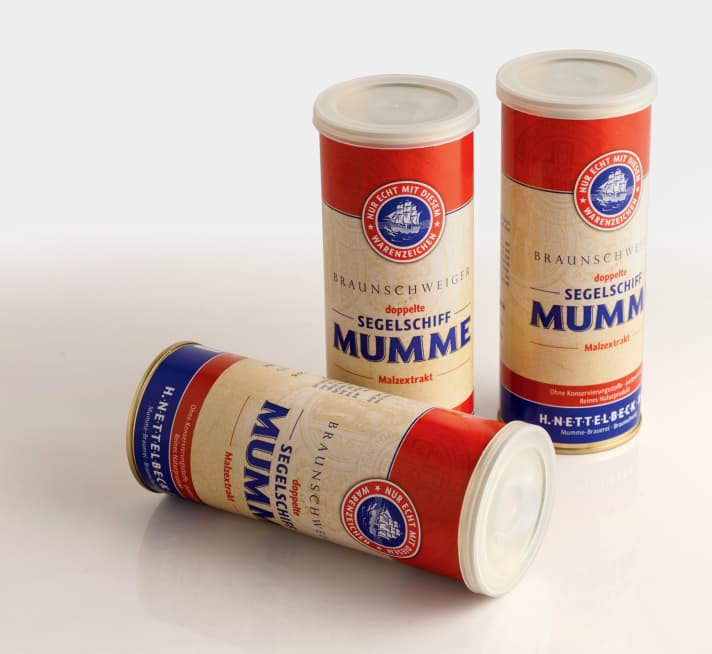
Once an export hit in the early modern era, today the "Schiffsmumme" is popular with tourists
This top-fermented Braunschweig beer is unlikely to be found in most on-board bars. But thanks to its long seafaring tradition, it is a quirky souvenir in the cupboard and always worth an anecdote. First brewed in the 15th century, Braunschweiger Mumme had a particularly long shelf life due to its high alcohol and sugar content and was therefore particularly suitable for long journeys. To increase the shelf life even further, the alcohol content was even doubled, resulting in the "Double Ship's Mumme". The beer remained drinkable even in tropical regions and helped to reduce the risk of scurvy.
The trade mark still used today - an oval seal with a white three-master on a blue background - dates from that time. The beer was successful for many decades due to its preservative properties and became a pre-industrial export hit for the town. It was shipped all over the world via Celle, the Aller and later ports such as Hamburg, Lübeck and Bremen. However, as preservation techniques improved, the popularity of Braunschweig strong beer steadily declined. Today, it is more of an alcohol-free malt extract that gives food and drinks a flavourful note. You can still buy Mumme at tourist information centres in the city of Braunschweig or at the Nettelbeck brewery.
Whisky: The long and the short of it
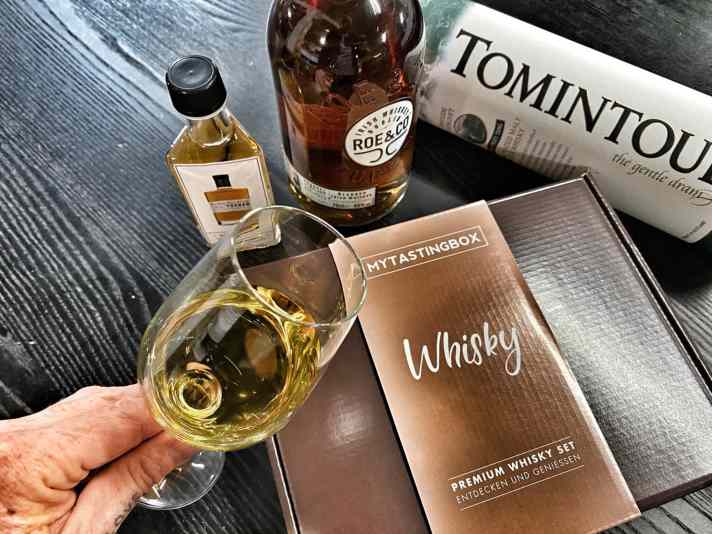
Maturity determines the quality of a whisky - but also the place of storage
Whisky is made from grain that has previously been fermented with water and yeast. The mash is distilled into a spirit in large vats, which is then stored in wooden barrels. This step, the ageing process, is particularly important for the flavour. The spirit needs between 3 and 25 years to fully mature. It is therefore no wonder that the type of wood or the previous use of the barrels plays a role during this time. It is therefore crucial whether they were previously filled with sherry, rum, cognac or port wine or were made from American white oak or European oak.
However, the geographical location of the warehouse is at least as important. This is because the surrounding air enriches the distillate during storage. Many of the world's best whiskies come from Scotland or Ireland. There they are usually distilled on small islands or near the coast. Perhaps this is the reason why every glass of whisky also contains a hint of seafaring, the sea and vastness - and a good sip on board can provide a special warmth at the end of a cold day on a boat.
Recipe with whisky
Sazerac
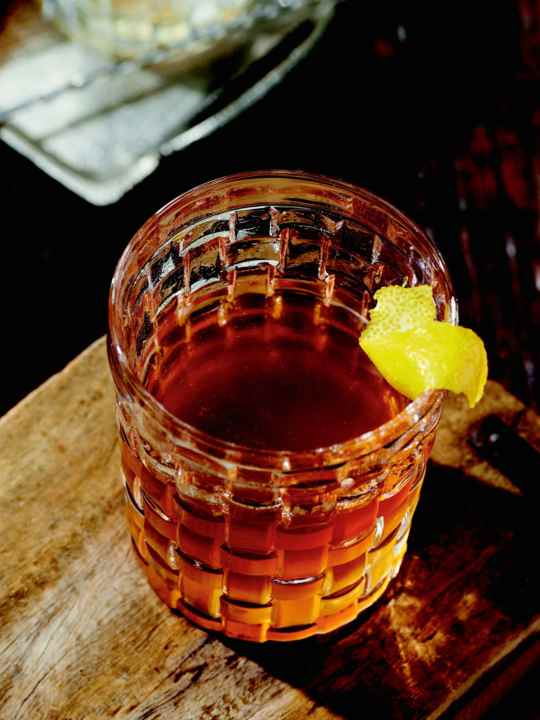
- 1 sugar cube
- 3 Spr Peychaud's Bitters
- 3-4 ice cubes
- 6 cl rye whiskey
- 1 dash absinthe
- 1 piece organic lemon zest
Pre-chill two glasses. Add sugar cubes to one glass. Drizzle in the bitters. Lightly crush the sugar cube. Add the ice cubes and whiskey and stir for about 45 seconds. Wet the inside of the second glass with absinthe. Strain the contents of the shaker into the glass and garnish.

